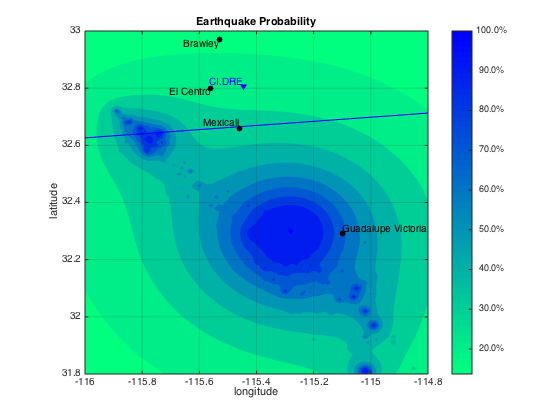Current “Prior” research aims to make Earthquake Early Warning faster and more accurate. A new algorithm has been developed that uses Bayesian probabilistic inference to provide optimally fast estimates of earthquake location; in many cases, the earthquake location is available as soon as the first P-wave arrival at the station located closest to the epicenter. The algorithm mimics human experts’ behavior in decision making process during an ongoing earthquake; if a seismic station detects shaking, then it is natural to inquire whether that station is close to previous activities. Because earthquakes are observed to cluster in time and space, the algorithm uses Epidemic-Type Aftershock Sequence (ETAS) seismicity models as Bayesian prior to provide an intuitive initial approximation; analysis of seismic waveform is incorporated into the solution as data becomes available. The new strategy has shown promising results, especially for events such as aftershocks, swarm earthquakes, and earthquakes with foreshocks. Additionally, an effort is being made to incorporate this ETAS seismicity prior information into earthquake-to-noise signal classification, as more earthquake signals would be expected during a seismically active period. The result of this work can potentially shorten earthquake detection processes, which leads to faster alert delivery.
People
Lucy Yin, Thomas Heaton

